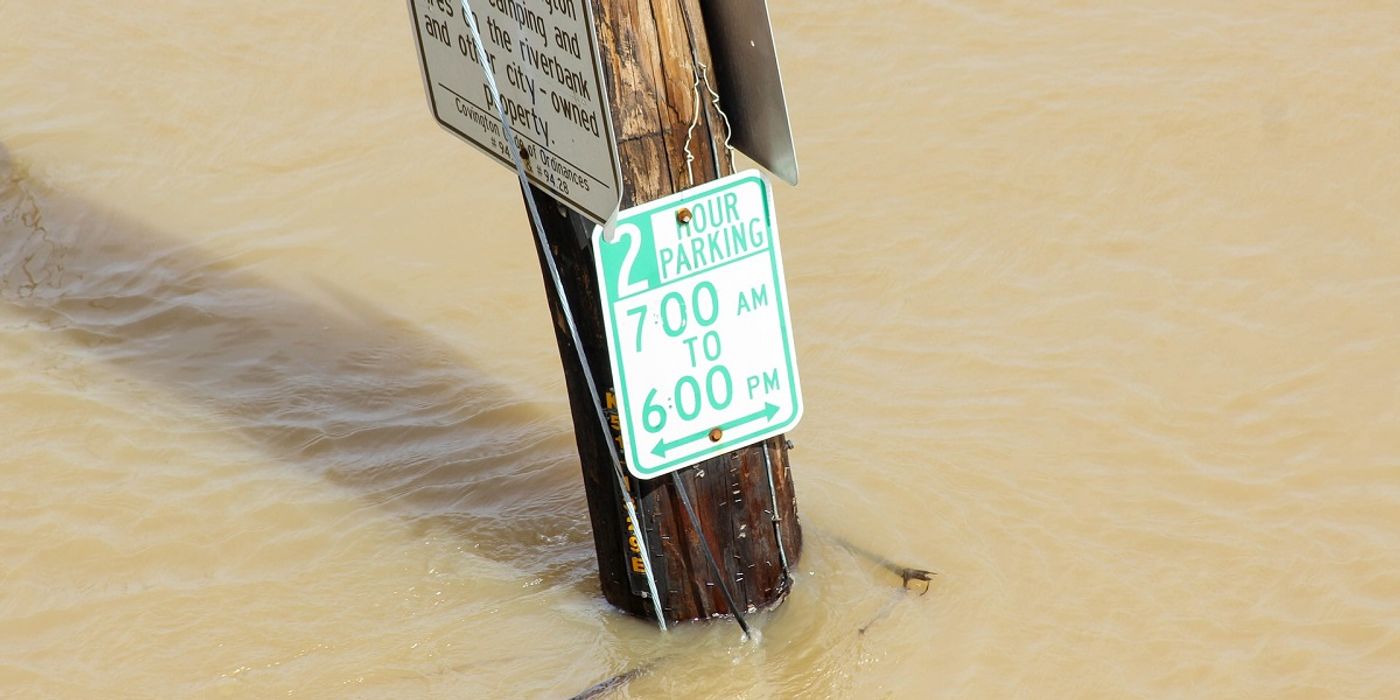Inequality of Flood Risk
Flooding has long impacted poor communities more than wealthy communities, and a new study shows how much worse it will get. Many studies have looked at potential flood risks over the next decades, but this one is unique in that it includes climate risks, human population increases, and demographic information for flood risk trends.
It is hard for us to realize the risks of flooding when developing land for human use. We tend to think of 100-year flood zones as relatively safe, or areas without flood zoning totally safe, but with climate change, the risks everywhere are increasing. Some flood zones haven’t been updated since the 60s and some have never been mapped at all. With the population growing and land getting more expensive, more developers are building in riskier areas.
Often, areas with high Black population proportions are also at the highest risk of flooding. These areas are concentrated across the Deep South, where climate change will increase flood risk. These areas are projected to experience more than a 20% increase in flood risks by 2050, while areas with low Black populations experience near-zero climate-induced flood risk. More than 10% of the flood risk increase predicted will affect West Virginia, Louisiana, Mississippi, and Idaho.
The estimated economic damage due to flooding is currently around 32 billion annually. By 2050, it is estimated to increase by 26%, up to 40 billion in damages per year, even if we make drastic changes to our carbon emissions. The actual figure is likely to be even higher, given that it seems unlikely we will change our carbon emissions drastically anytime soon. Much of this damage comes from intensified and more frequent hurricanes on the East Coast. Hurricanes bring intense winds, increased rains, and higher coastal flooding, which all contribute to increased damage costs.
In order to protect from these flood challenges, we need to put more resources into mapping and designating land at risk of flooding, restrict new development in those areas, prepare for increasing weather damage by increasing building codes to withstand intense weather, and make drastic impacts on climate change.
Sources: Nature Climate Change, The Conversation









